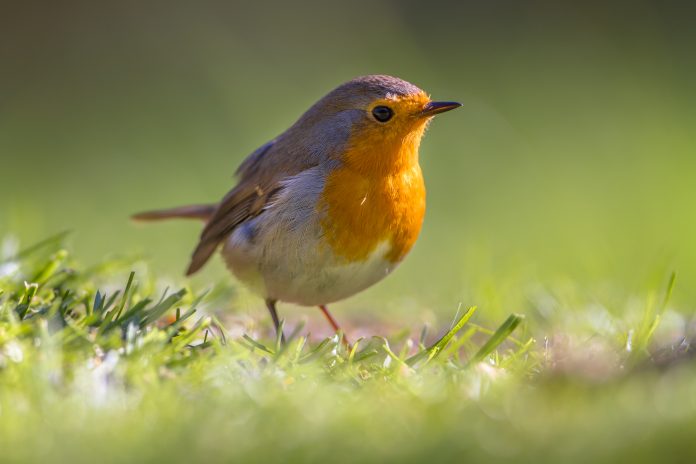
THE rise in popularity of artificial lawns instead of real grass may save water, but it also brings with it a number of negative effects, not least a threat to local wildlife.
Most of the fabricated turf is produced via a heady cocktail of the plastics polypropylene, polyurethane and polyethylene, which conservationists say is discouraging butterflies, bees and garden birds, as well as creating massive amounts of non-biodegradable waste.
Mathew Frith, director of conservation at the London Wildlife Trust, said: “You are using fossil fuels to make it, so there is a carbon impact there; you have to remove a significant amount of soil to lay it so you are reducing the direct and indirect porosity of the soil; you are removing habitat which a wide range of species are dependent on and at the end of its life this is a non-biodegradable product which ultimately goes back into landfill. So yes, we are concerned at its proliferation.”
Paul de Zylva, senior nature campaigner for Friends of the Earth, added: “I think the negative impacts of artificial grass are substantial. For the sake of convenience and not wanting the children to get muddy, what is it we are losing here?
“You will find bees burrowing into lawns which are a mix of grass seeds, other insects will be in there too, and worms – which are incredibly important in terms of the ability of the soil to absorb nutrients and keep soil structured, so that when you have heavy rain or drought you have a soil system which can cope. By using artificial grass, you lose all this. You are creating a ‘Don’t come here sign,’ for wildlife.”








